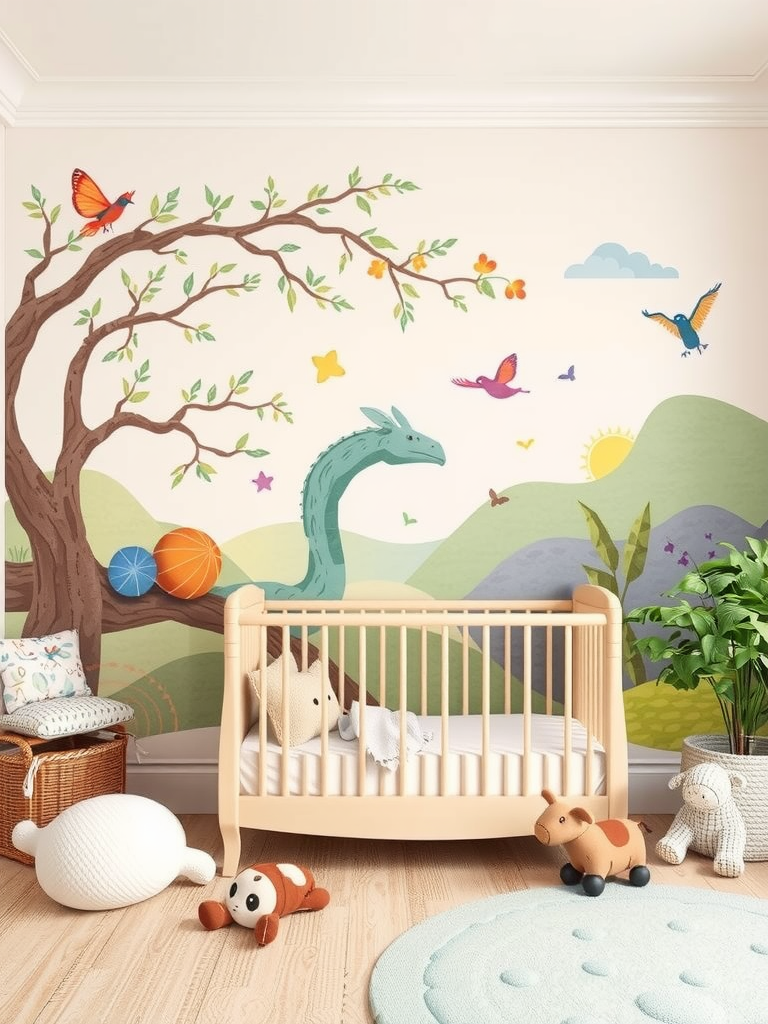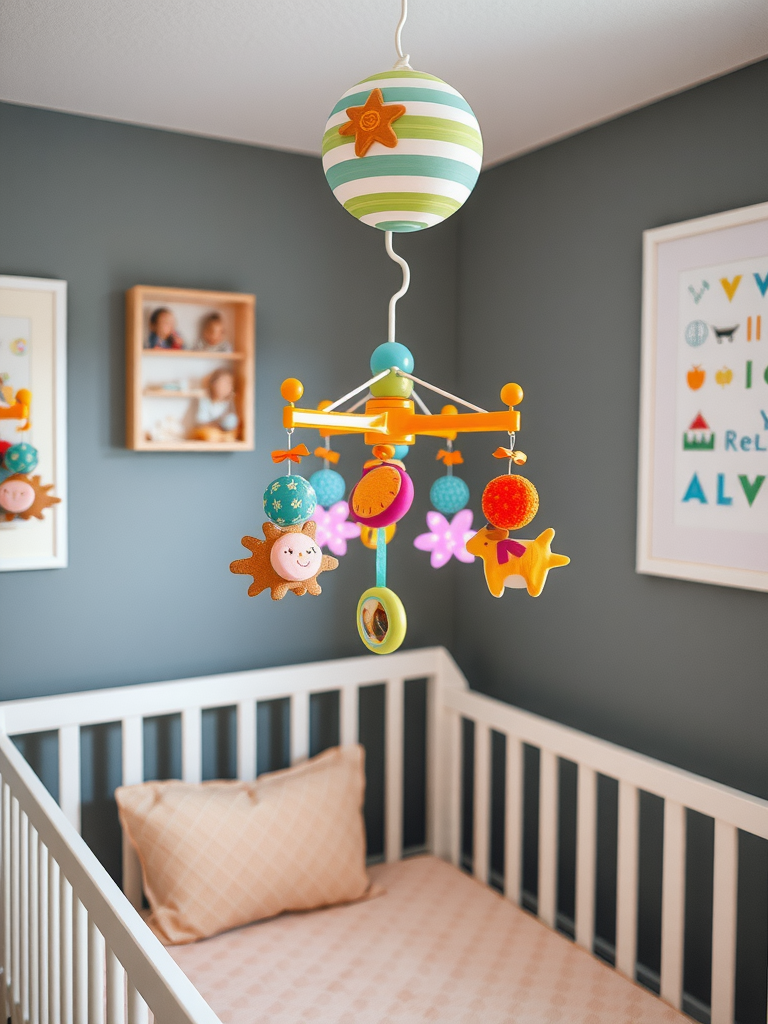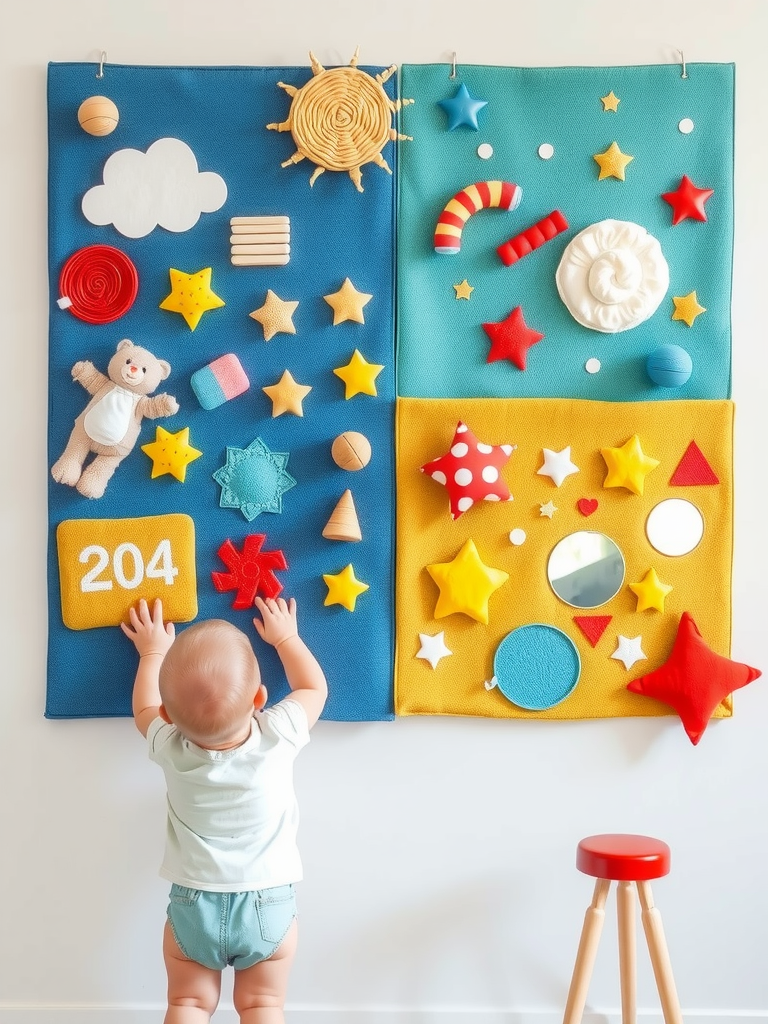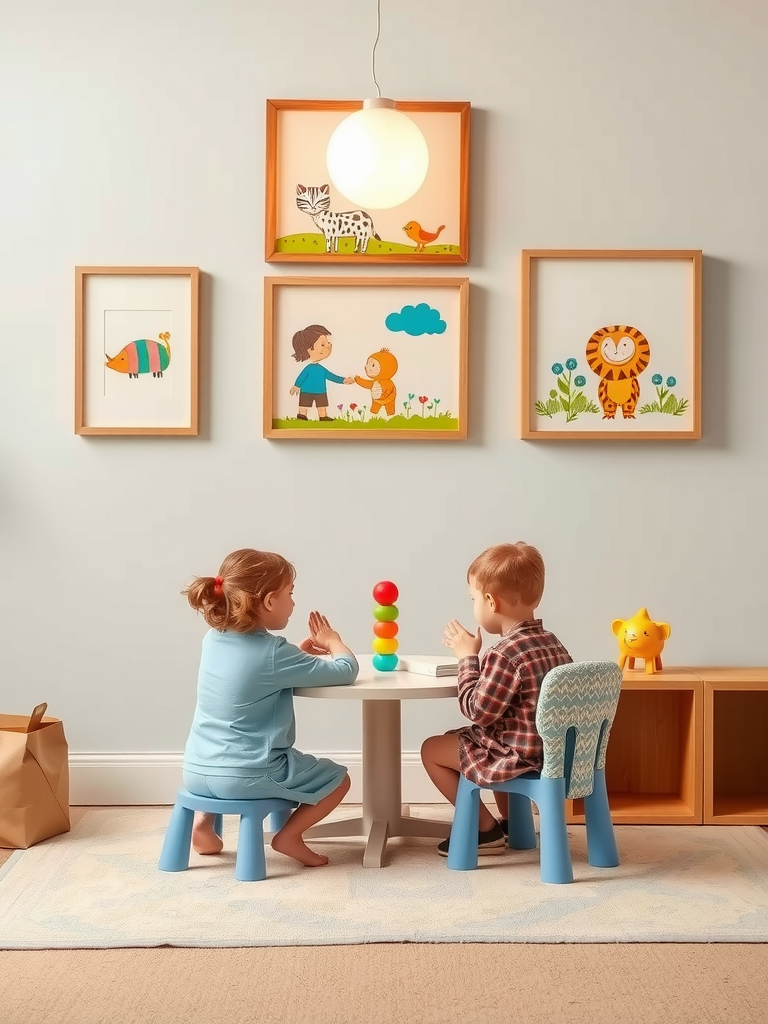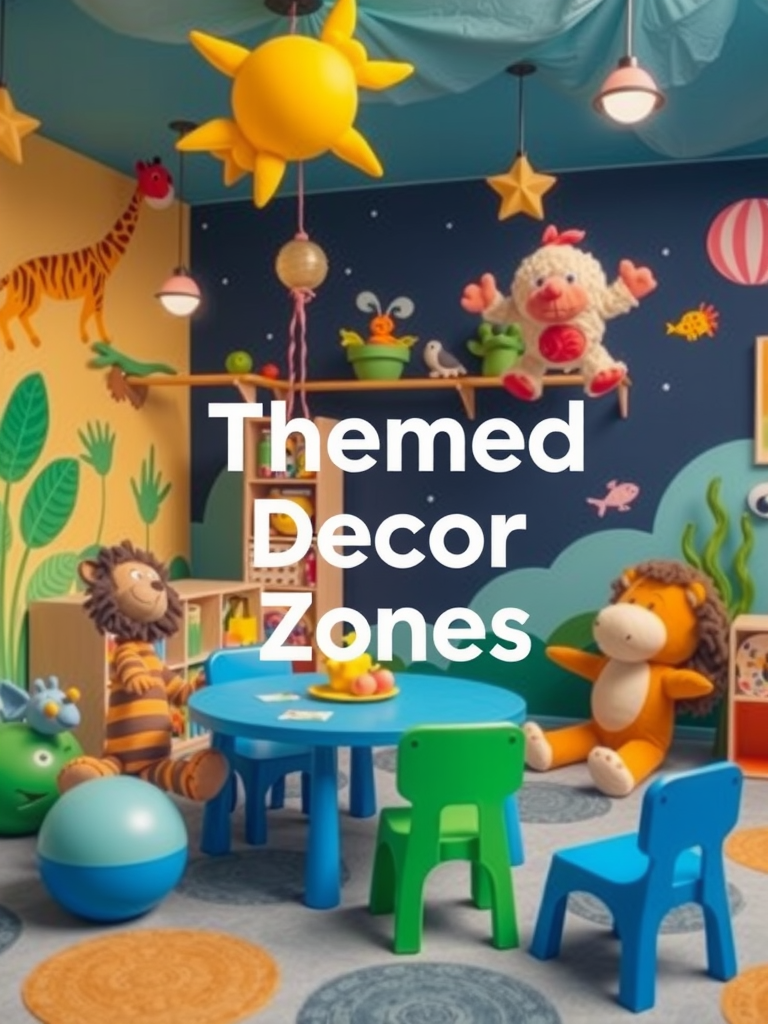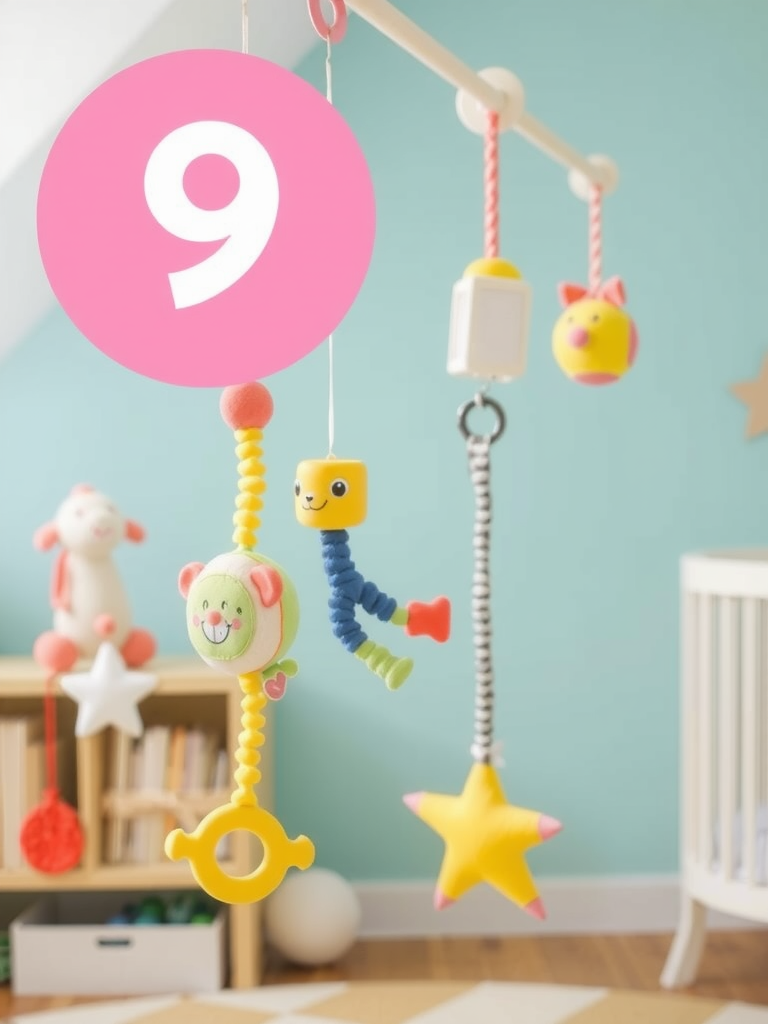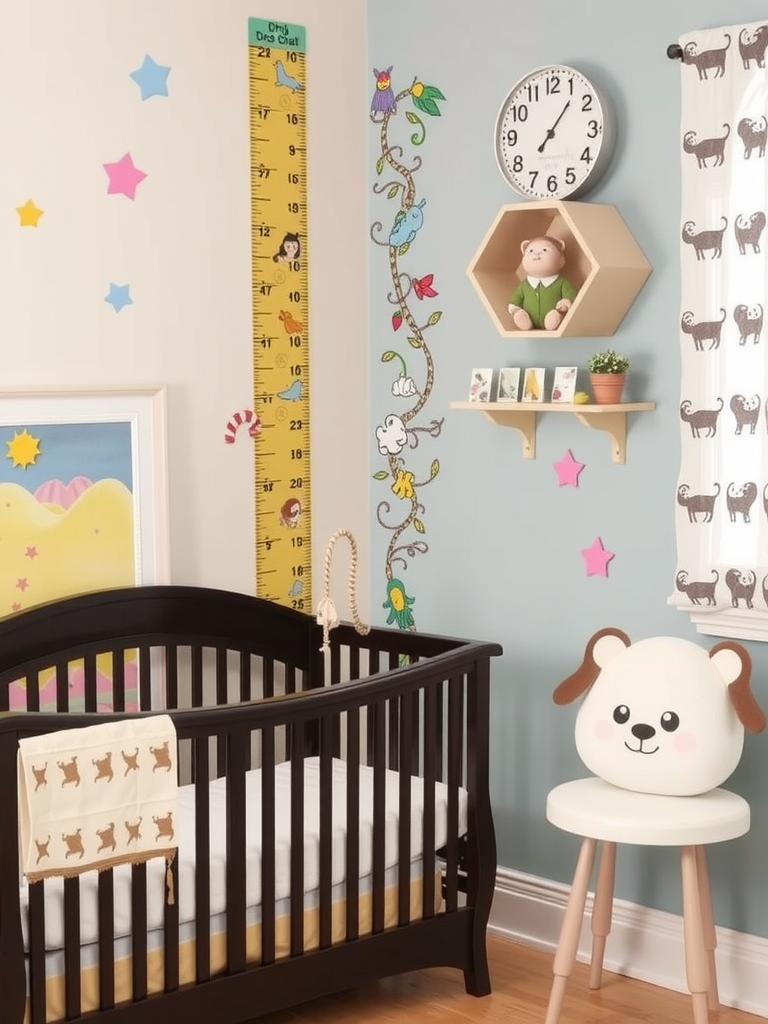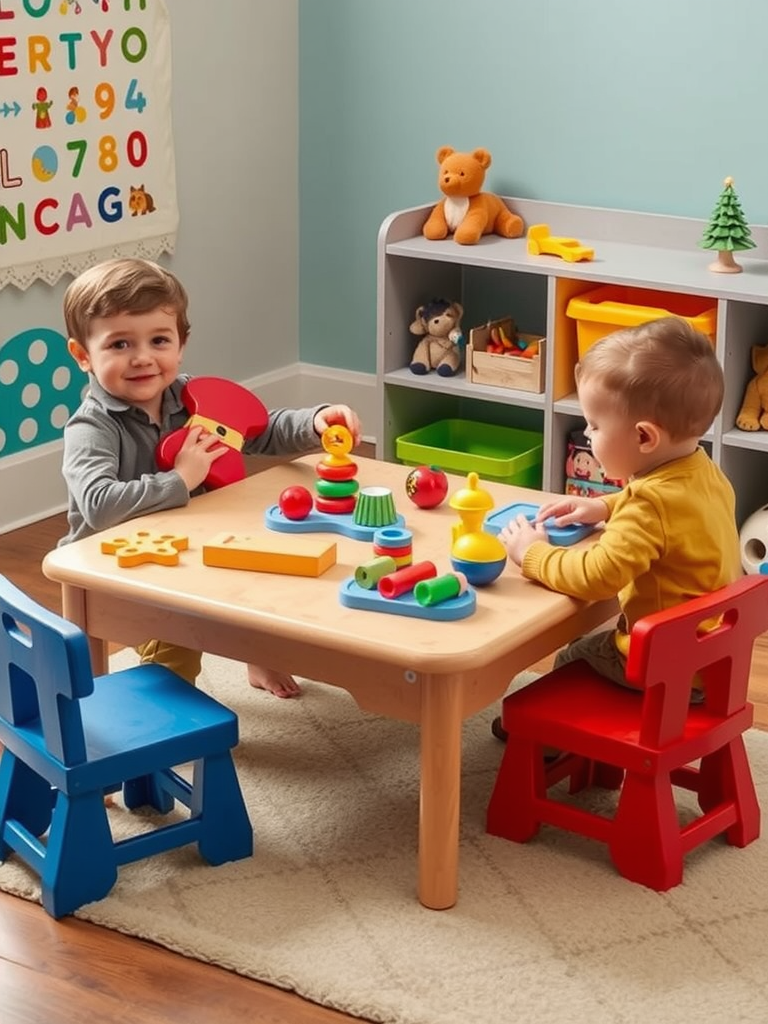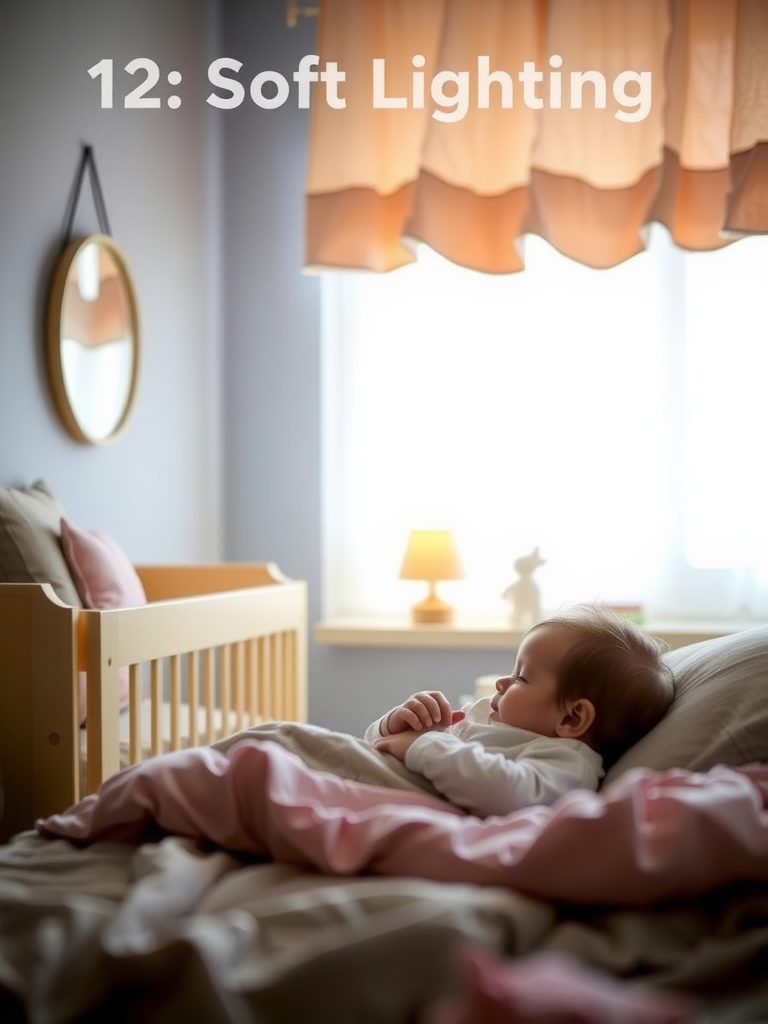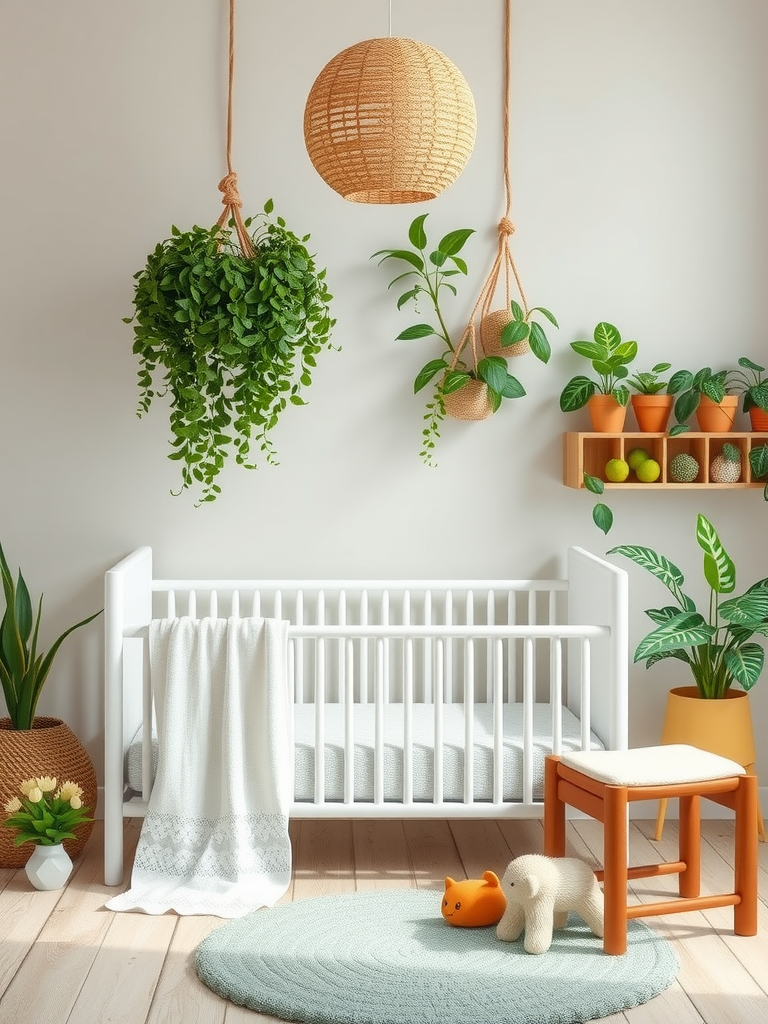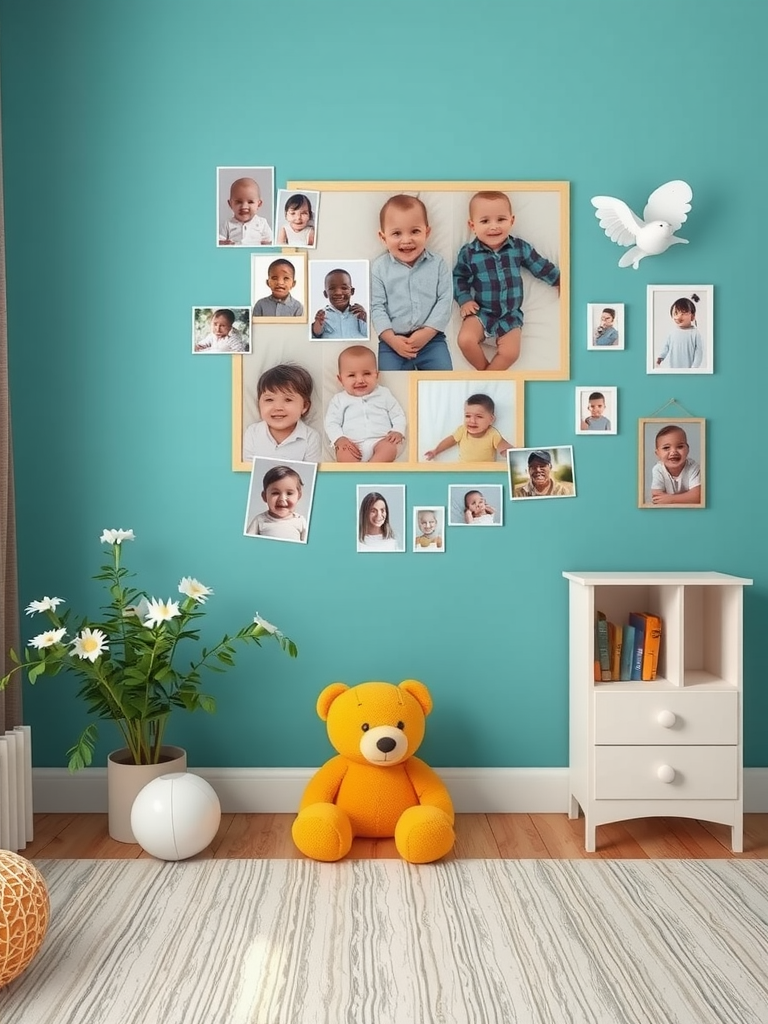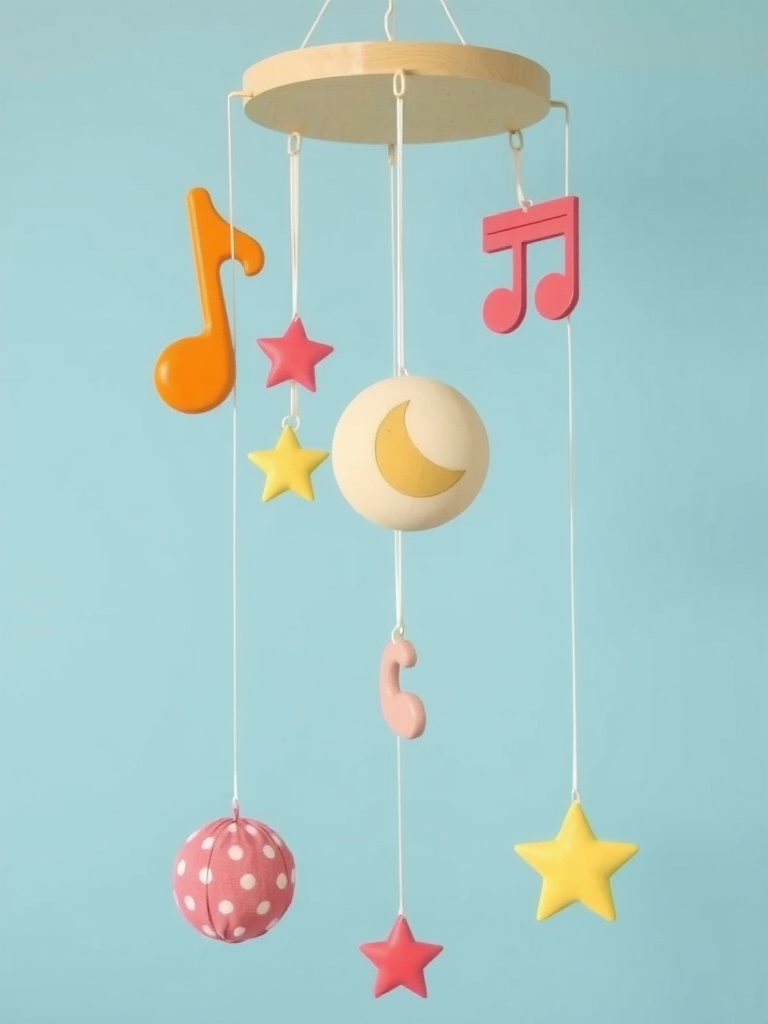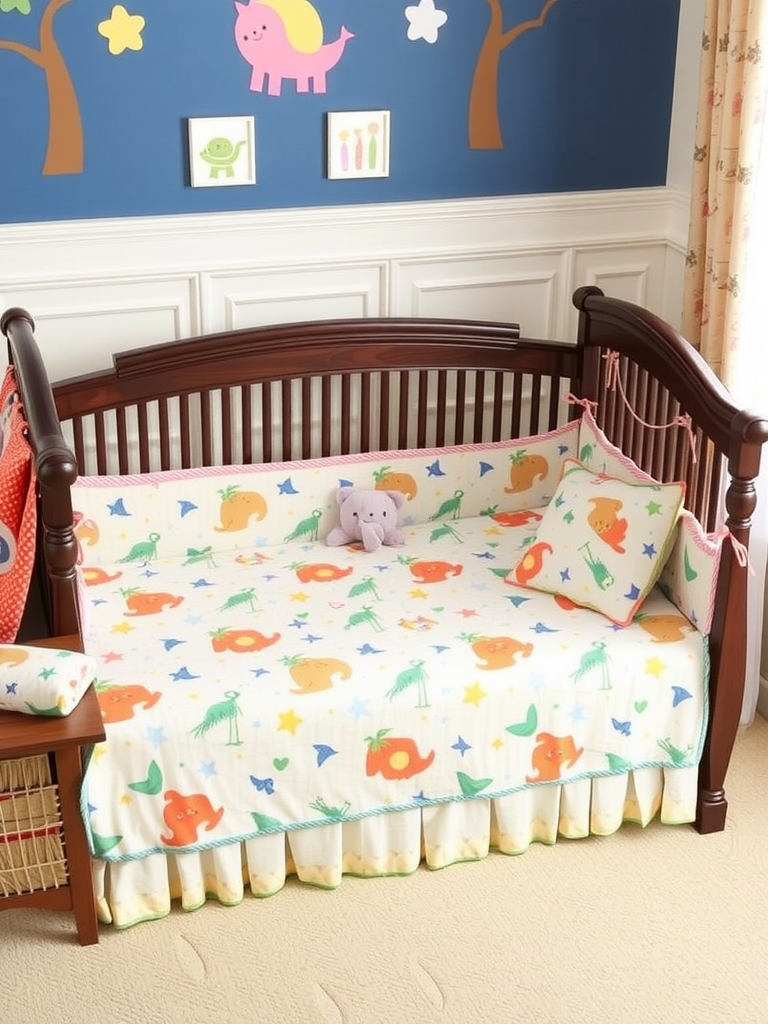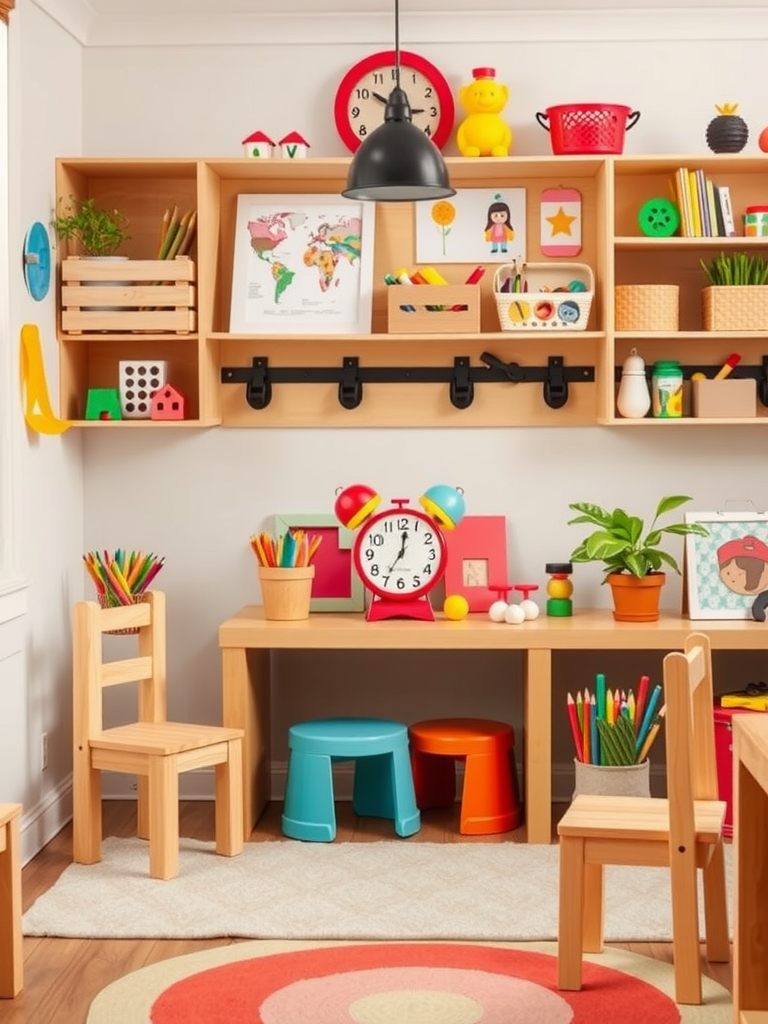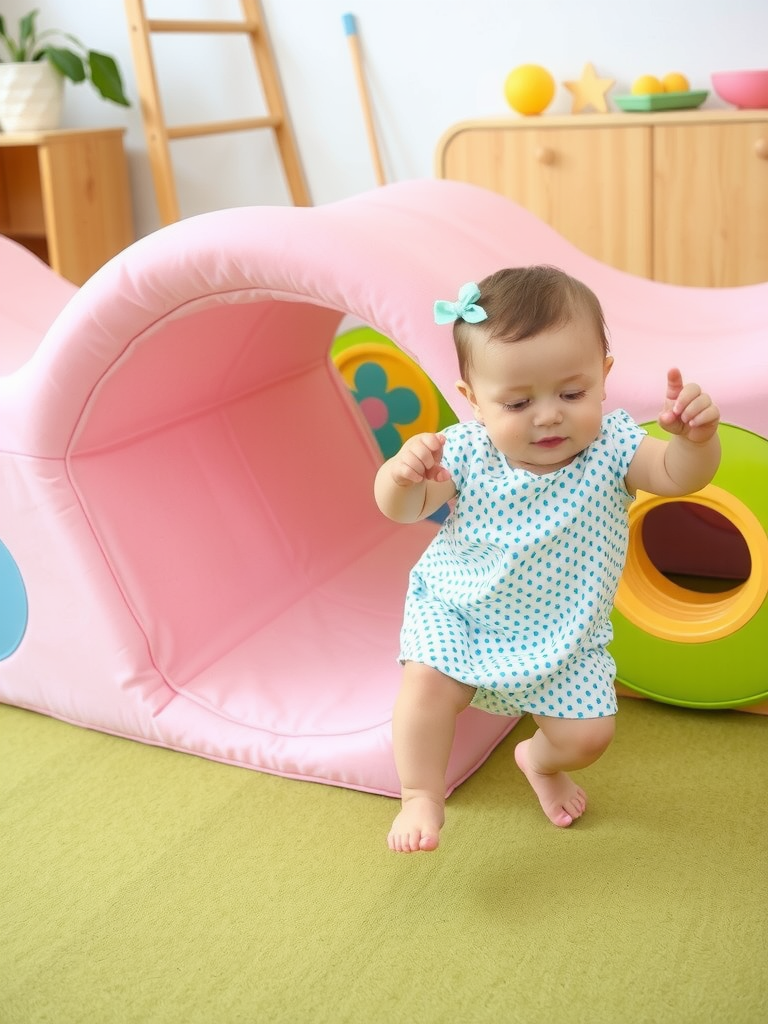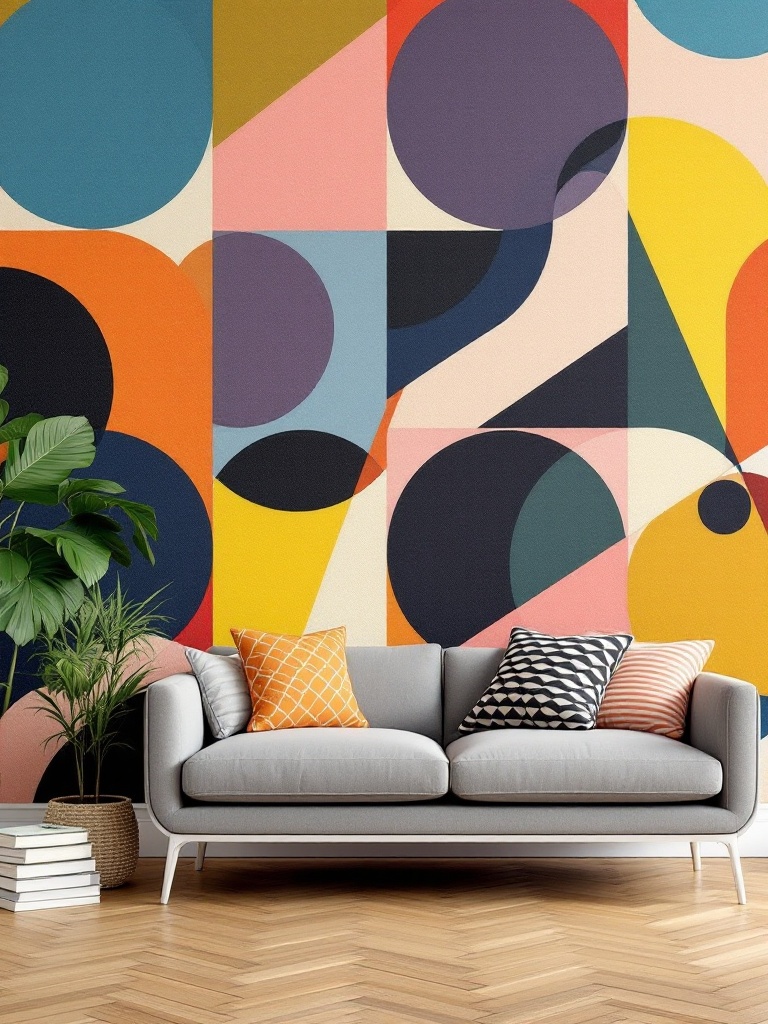Creating a warm and inviting environment for infants in daycare is essential for their comfort and development. Thoughtfully chosen decorations not only make the space visually appealing but also contribute to a soothing atmosphere that fosters exploration and learning. In this article, we will explore 18 delightful daycare decoration ideas that will make the infant room a cozy haven for little ones.
From playful themes to practical designs, there are numerous ways to enhance the infant room’s decor. By focusing on bright colors, soft textures, and interactive elements, caregivers can provide an enriching environment that supports sensory development and creativity among infants. Let’s dive into some fantastic decoration ideas that cater to the needs of both children and caregivers.
1. Soft Wall Murals
Wall murals can transform a plain wall into a captivating scene that stimulates infants’ imaginations. Choose soft colors with gentle illustrations of nature, animals, or whimsical characters. Murals not only enhance the aesthetic appeal but also encourage visual exploration as babies develop their sight.
By opting for removable wall decals or painted murals, you can easily refresh the look of the room as the children grow, helping to create a dynamic learning environment that evolves with them.
2. Colorful Rugs
A bright, soft rug can provide a safe and comfortable area for infants to crawl and play. Look for rugs that are easy to clean and feature vibrant patterns or textures to engage young children. Textured rugs can also facilitate sensory exploration as infants touch and feel different surfaces beneath them.
Additionally, rugs can help define play areas within the room, creating structured spaces where babies can interact with toys and each other, fostering social development from an early age.
3. Interactive Mobile Displays
Ceiling mobiles are not just decorative; they serve as a source of visual stimulation for infants hanging in their cribs or play areas. Opt for colorful and dynamic mobiles that feature moving parts, lights, or music, capturing the attention of the little ones while they explore their surroundings.
Mobiles can also encourage visual tracking skills as infants learn to follow the movement, making them a playful yet educational addition to the nursery decor.
4. Cozy Reading Nook
Creating a cozy reading nook with plush seating and a selection of soft, colorful books can ignite a love for stories from an early age. Use low shelving or baskets to store books, ensuring they are easily accessible for both caregivers and infants. Incorporate soft cushions or a small tent to make this space fun and inviting.
A reading nook not only supports early literacy development but also offers a quiet retreat for babies to explore books, fostering imagination and cognitive growth in a comfortable setting.
5. Sensory Wall Panels
Sensory wall panels filled with various textures, colors, and materials can provide infants with valuable tactile experiences. Incorporate items like fabric swatches, mirrors, and soft shapes that babies can touch and explore. These panels promote sensory development and encourage curiosity in young minds.
Building a sensory wall also allows for easy customization, enabling caregivers to update and change elements as infants develop new interests and skills.
6. Brightly Colored Curtains
Adding colorful curtains to the windows can bring warmth and a cheerful ambiance to the infant room. Look for curtains in playful patterns that can help block out excess sunlight while still allowing in a soft glow. This can create a cozy atmosphere during nap times.
Besides aesthetics, curtains can also bring a sense of comfort, helping infants distinguish between day and night, contributing to their developing routines.
7. Playful Artwork
Decorating the walls with playful artwork or framed prints can foster engagement and creativity in infants. Choose bright and cheerful designs that promote themes of friendship, imagination, and exploration. Art can serve as a conversation starter between caregivers and infants, making it easier to foster social interaction.
Furthermore, rotating artwork regularly keeps the environment fresh and exciting, encouraging an ongoing sense of discovery.
8. Themed Decor Zones
Creating themed decor zones, such as a jungle, ocean, or space theme, can turn the infant room into an exciting adventure land. Use thematic decorations like plush animals, colors corresponding to the theme, and relevant educational materials to immerse infants in different experiences.
This creative approach not only stimulates sensory skills but also encourages imaginative play, helping infants learn about different environments early on.
9. Hanging Soft Toys
Hanging soft toys from a play gym or ceiling can create an engaging visual element for infants. Use a variety of shapes and colors to capture attention and stimulate curiosity. Encourage infants to reach for these toys, promoting motor skill development and hand-eye coordination.
Make sure all toys are securely attached and made from safe materials to ensure a worry-free play environment for little ones.
10. Growth Chart Wall
A growth chart wall not only tracks an infant’s growth but also doubles as a creative decoration. Choose a fun design that fits the overall theme of the room, allowing caregivers to mark height milestones with colorful stickers or drawings. This interactive element can engage parents and caregivers, enhancing family involvement.
The growth chart wall serves as a lovely reminder of growth throughout the years and can later be moved to a more personal space at home for lasting memories.
11. Mobile Stations
Incorporating mobile stations with different toys and play materials can enhance interactive play as infants grow. Arrange activity tables with various textures, sounds, and shapes to encourage crawling and movement, stimulating fine and gross motor skills.
These mobile stations can be easy to rearrange, adapting to the developmental stages of the infants while ensuring that learning remains playful and engaging.
12. Soft Lighting Options
Soft, adjustable lighting can create a calming environment for infants, especially during nap times. Use warm, dimmable lights or bedside lamps with soft shades to help establish a soothing ambiance. This can be particularly helpful during transitions, such as bedtime routines.
Gentle lighting can also ease caregivers’ tasks by providing enough visibility without shocking the infants’ senses, enabling a tranquil caregiving atmosphere.
13. Nature-Inspired Decor
Bringing elements of nature into the infant room can create a refreshing and nurturing environment. Incorporate live plants or nature-themed decorations to foster awareness of the natural world. Choose non-toxic plants that are safe for young children and can cleanse the indoor air.
Nature-inspired elements teach infants about ecosystems and encourage curiosity about their environment while adding calming aesthetics to the decor.
14. Baby Photo Wall
Cultivating a sense of belonging can start in the infant room with a baby photo wall. Decorate the wall with pictures of infants, caregivers, and families to create community and familiar surroundings. Adding personal touches makes the space feel like home and encourages bonding among everyone involved in the care process.
This interactive element fosters a feeling of safety and familiarity for infants, helping them to settle in and feel more comfortable in their environment.
15. Musical Decor Elements
Incorporating musical elements, such as instruments or music-themed decor, can spark auditory exploration for infants. Utilize soft instruments like tambourines, shakers, or even hang musical art pieces that make soft sounds. Music contributes to cognitive development and encourages emotional expression among individuals.
Interactive musical decor can also facilitate group activities, enhancing social connections and fostering a sense of community within the daycare environment.
16. Themed Crib Bedding
Themed crib bedding can unify the decor while providing comfort and safety during sleep times. Choose bedding that complements the overall colors and themes of the room while being easy to clean and durable to withstand regular use. Soft, comfortable fabrics ensure a cozy environment for infants.
Having coordinated bedding adds to the visual appeal and can make sleep areas feel more inviting, helping to promote positive sleep associations for infants.
17. Art and Craft Corner
Designating an art and craft corner allows infants to engage in creative activities that promote fine motor skills and imagination. Stock this area with non-toxic supplies like paper, crayons, and safe modeling clay. Infants can freely explore their creativity while caregivers supervise their play.
Art activities not only enhance motor skills but also support emotional expression, providing a great outlet for creativity and individuality in a daycare setting.
18. Safe Play Equipment
Including safe play equipment, such as soft climbing structures or tunnels, can actively promote physical development in infants. Ensure that all equipment is age-appropriate and meets safety standards, providing a secure environment for exploratory play.
Play equipment stimulates infants’ natural curiosity and encourages movement, helping them build strength, coordination, and confidence as they navigate their surroundings.
Conclusion
In conclusion, decorating an infant room in a daycare requires careful consideration of both aesthetics and functionality. The above 18 decoration ideas offer a wealth of inspiration that inspires a comforting, engaging, and educational environment. By integrating playful and practical elements, caregivers can create a space where infants thrive and feel secure.
Ultimately, a well-decorated infant room not only supports healthy development but also enhances the overall daycare experience for both children and caregivers, fostering a sense of community and belonging.
Frequently Asked Questions
What is the best way to decorate an infant daycare room?
Consider using soft colors, interactive decor, and comfortable furnishings to create a soothing and stimulating environment for infants.
How can I ensure safety in the infant room?
Use non-toxic materials, secure furniture, and keep sharp objects out of reach to create a safe play environment.
Are wall murals suitable for infants?
Yes, soft wall murals can provide visual stimulation and contribute to the comforting atmosphere of the room.
What types of toys are best for infants in daycare?
Opt for soft, safe toys that promote sensory development, such as textured items, rattles, and toys that encourage grasping.
How often should I refresh the decor in an infant room?
It’s a good idea to refresh decor every few months to keep the environment engaging for infants and consider their developmental needs.

